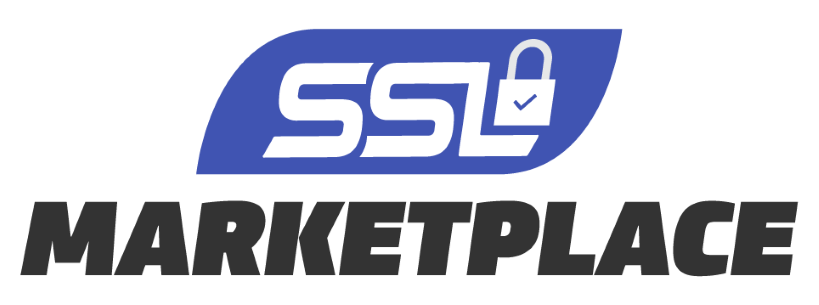
A Quick Guide to SSL/TLS Certificates
Making the best choice when considering your website security options
Whether you are an individual or a company, you should approach online security in the same way that you would approach physical security for your home or business. Not only does it make you feel safer but it also protects people who visit your home, place of business, or website. It is important to understand the potential risks and then make sure you are fully protected against them. In the fast-paced world of technology, it is not always easy to stay abreast of the latest advancements.
What is an SSL Certificate?
SSL stands for “Secure Socket Layer.” It’s a technology that establishes a secure connection between a visitor’s web browser and your website so that all communication transmitted between them is encrypted and, therefore, secure. SSL is also used for transmitting secure email, secure files, and other forms of information. You wouldn’t send your private information or banking details to someone on the back of a postcard, right? Well, that’s essentially what you’re doing when you communicate online without SSL.
Authentication and Verification: The SSL certificate has information about the authenticity of certain details
regarding the identity of a person, business or website, which it will display to visitors on your website when they
click on the browser’s padlock symbol or trust mark (e.g., the Norton™ Secured Seal). The vetting criteria used by
Certificate Authorities to determine if an SSL certificate should be issued is most stringent with Extended Validation.
Data Encryption: The SSL certificate also enables encryption, which means that the sensitive information exchanged via the website cannot be intercepted and read by anyone other than the intended recipient. Specifically, all information is cryptographically hashed, to a third-party it would appear as a jumbled mess of different inputs. Only someone with a
corresponding key can decrypt the information and make sense of it.
The Process
When a user arrives on a website equipped with SSL, the two begin the SSL handshake. During this process, the user’s browser checks the validity
of the certificate before negotiating a secure connection. Once this is
complete, session keys are exchanged and an encrypted connection begins.
This all takes place behind the scenes, the only evidence is the padlock
indicator in the address bar.
Where Would I Use an SSL Certificate?
The short answer to this question is that you would use an SSL certificate anywhere that you wish to transmit information securely.
Securing communication between your website and your customer’s Internet browser
Securing internal communications on your corporate intranet
Securing email communications sent to and from your network (or private email address)
Securing information between servers (both internal and external)
Securing information sent and received via mobile devices
Different Types of SSL Certificates
There are a number of different SSL certificates on the market today.
Single Domain Certificates are SSL certificates that, as the
name might imply, cover a single domain. These are available
at all validation levels: DV, OV and EV.
A Multi-Domain Certificates is a SSL certificate is capable of covering multiple websites on a single certificate. Multi-Domain certificates are
sometimes called SAN certificates. They are available at all three validation levels.
Tech Talk
Made Simple
Encryption: Information is “scrambled” so that it cannot be used by anyone other than the person for whom it is intended.
Decryption: Information is “unscrambled” and put back in its
original form.
Key: A mathematical formula, or algorithm, that is used to encrypt
or decrypt your information.
Browser: A software program that you use to access the Internet.
In Conclusion
Trust makes all the difference in the world of online business. Investment in technology to protect customers and earn their trust is a critical success factor for any company that does business online or hosts an e-commerce website. The effective implementation of SSL certificates and correct placement and use of trust marks are proven tools in the establishment of customer trust.
Wildcard Certificates
For websites with sub-domains, there is a specialized SSL certificate called a wildcard. Wildcards cover a single domain and all accompanying sub-domains. They are only available at the DV and OV levels.